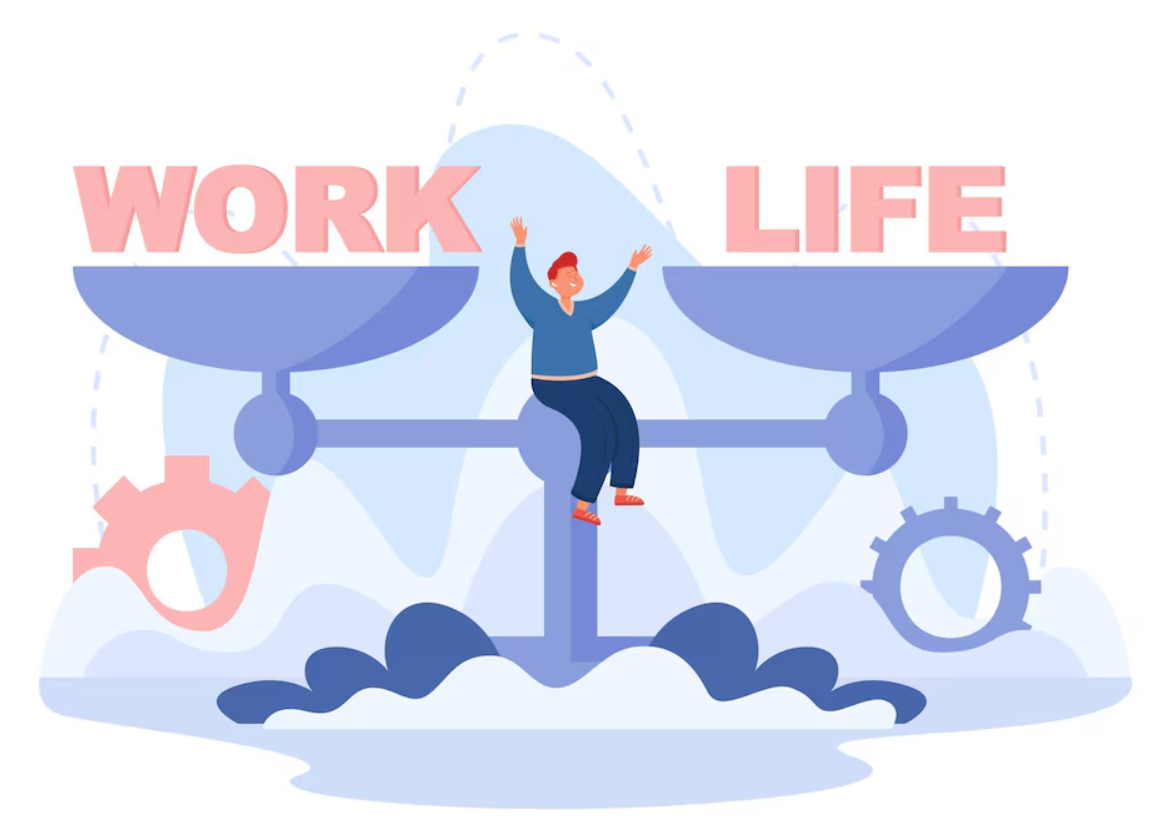Table of Contents
ToggleWork life balance has become a crucial factor in the overall well-being and productivity of employees. As the boundary between work and personal life continues to blur, the role of Human Resources (HR) in promoting and maintaining a healthy work life balance is more important than ever. This article explores the strategies and practices HR can implement to encourage a work-life balance that benefits both employees and the organization.
Understanding Work Life Balance
Work-life balance refers to the equilibrium between the demands of one’s job and the demands of one’s personal life. Achieving this balance means having enough time to fulfill professional obligations while also having time to enjoy personal interests, family life, and rest. When employees have a good life balance, they tend to be happier, healthier, and more productive, leading to reduced turnover rates and higher job satisfaction.
Day Off
The #1 tracker for your team’s PTO, vacations and absences, Day Off will help you track your team’s leaves and absences in one place. In seconds you will set up your leave policies, approval workflow and enjoy a unique experience. The “Day Off” app concept revolves around providing users a platform to manage their personal, sick, and vacation days more effectively. features aimed at both individual employees and organizations.
- Employees can track their balances up to date information about their available time off.
- You can add unlimited numbers of employees.
- Supports various leave types (e.g., annual, sick, maternity/paternity leave) and Supports Days and Hours balance, you can add unlimited numbers of leave types and leave policies.
- You can Customize week starting day settings according to your company’s operational days.
- Setting up public holidays specific to your country or region, by importing holidays from Google.
- The app can integrate with ( Slack, Google Calendar, Outlook Calendar and Teams)
- Supports Accruals & Carry overs.
The Importance of Work-Life Balance
- Improved Mental Health: Employees who manage their work and personal life effectively are less likely to experience stress and burnout.
- Increased Productivity: A well-rested and satisfied employee is more likely to be productive and engaged in their work.
- Employee Retention: Companies that promote work-life balance tend to retain their employees longer, reducing the costs associated with high turnover rates.
- Attracting Talent: Organizations known for their work-life balance policies are more attractive to top talent.
Strategies for HR to Promote Work Life Balance
Flexible Working Arrangements:
- Remote Work: Allowing employees to work from home or other locations can help them manage their time more effectively.
- Flexible Hours: Offering flexible start and finish times helps employees accommodate personal commitments.
Encouraging Time Off:
- Vacation Policies: Encourage employees to use their vacation days and ensure they understand the importance of taking breaks.
- Sabbaticals: Offer extended leave options for long-term employees to pursue personal growth, study, or travel.
Workload Management:
- Regular Check-ins: Conduct regular meetings to discuss workloads and redistribute tasks as necessary to prevent overburdening employees.
- Prioritization: Help employees prioritize tasks and set realistic deadlines to avoid unnecessary stress.
Supportive Work Environment:
- Wellness Programs: Implement wellness initiatives such as yoga classes, gym memberships, or mindfulness sessions.
- Counseling Services: Provide access to mental health resources and counseling services for employees in need.
Training and Development:
- Time Management Workshops: Offer training sessions on effective time management and productivity techniques.
- Leadership Training: Equip managers with the skills to recognize signs of burnout and support their team’s work-life balance.
Technology and Tools:
- Collaboration Tools: Utilize technology that enables efficient communication and collaboration without the need for constant availability.
- Automation: Implement tools that automate routine tasks, freeing up employees’ time for more meaningful work.
Creating a Culture of Balance:
- Lead by Example: Ensure that leadership demonstrates a commitment to work-life balance by taking breaks and respecting personal time.
- Open Communication: Foster an environment where employees feel comfortable discussing their needs and challenges related to work-life balance.
Measuring the Impact
To ensure the effectiveness of life balance initiatives, HR should regularly assess and measure their impact. This can be done through employee surveys, feedback sessions, and analyzing metrics such as absenteeism, turnover rates, and employee engagement scores. By continuously monitoring and adjusting strategies, HR can create a dynamic work environment that evolves with the needs of the workforce.
Conclusion
The role of HR in promoting work-life balance is vital in creating a sustainable and positive work environment. By implementing flexible working arrangements, encouraging time off, managing workloads, fostering a supportive environment, providing training, leveraging technology, and creating a culture that values balance, HR can significantly enhance employee well-being and organizational performance. A committed effort to life balance not only benefits employees but also leads to a more resilient, productive, and successful organization.
